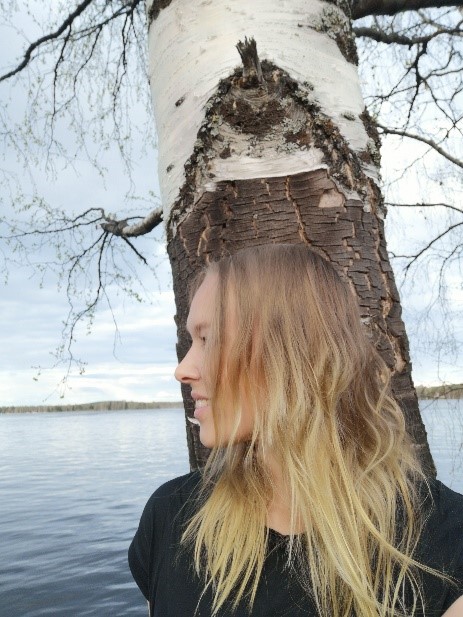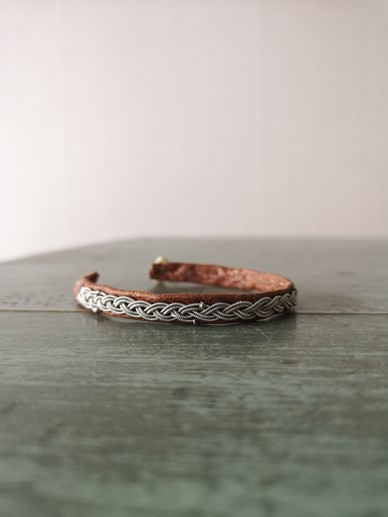Text and photos: Ella Björn
Why learn about Sámi cultures? Indigenous cultures are critical to our planet’s cultural diversity. Over the years in Finland, tourism entrepreneurs have spread stereotypical and inaccurate information about Sámi cultures. Although exploitation in tourism has decreased in recent times and Sámi people have started their own businesses, the need to teach the correct information about their cultures still exists.
Like other Indigenous cultures, Sámi cultures usually have a holistic worldview in which humans and nature are equal rather than separated. All forms of matter, including animals, are equal actors inhabiting this world. Humanity is not above them.

In her master’s thesis, Ella studied the socio-material practices of teaching Sámi cultures to tourists in Finnish Lapland.
This was a central focus of my master’s thesis; I studied the socio-material practices of teaching Sámi cultures to tourists in Finnish Lapland.
The concept of socio-materiality holds that the social and the material are strongly connected and tightly intertwined. Material elements, such as a table, enable the social activities around them, making the material social as well. The connection between humans and material can also be social in, for example, the making of handicrafts, which can build a relationship between the maker and the product.
Several ways of teaching Sámi cultures appeared in my research, and one was storytelling, a form in which material elements can also play a part. Storytelling is common in Sámi cultures, and stories carry significant meaning. They can help build individual and collective identities, are usually told by elders and are transferred from generation to generation. They highlight different values, worldviews, histories and attitudes, and they can also be funny. Stories also often represent or foretell change.
Stories can be told while making handicrafts, another important aspect of Sámi cultures. A convenient way of teaching and learning about these cultures is attending handicraft workshops and working with materials at the same time, as handicrafts can also carry information. A self-made or purchased handicraft carries a story and leaves tourists with long-lasting memories of Sámi cultures and their overall trip to Finland.

The bracelet I made in Julia Allemann’s Sámi handicraft workshop in Lauri House, Rovaniemi.
Apart from workshops, stories can often be told in nature, perhaps while walking from one place to another. In Sámi cultures, different natural places often have their own stories, and these are rarely written down; rather, they exist in the storyteller’s memory. Tellers learn the story by hearing them, and because they do so in nature, they incorporate their bodies and senses, such as touching, smelling, seeing and hearing. Once again, we see nature and different materials playing a big role in a learning process.
In sum, tourists who want to learn about Sámi cultures should be exposed to their stories, as they can:
- enhance individual and collective identity,
- enhance the connection with the nature when told in connection to natural places,
- enhance the connection with material elements when told at the same time as one works on a handicraft,
- make the experience memorable and therefore enhance learning, and
- give voice to different actors.
Master’s thesis, in Finnish, can be found here: “Kohti posthumanistista ymmärrystä – Saamelaiskulttuurien opettaminen sosiomateriaalisena käytäntönä”.
